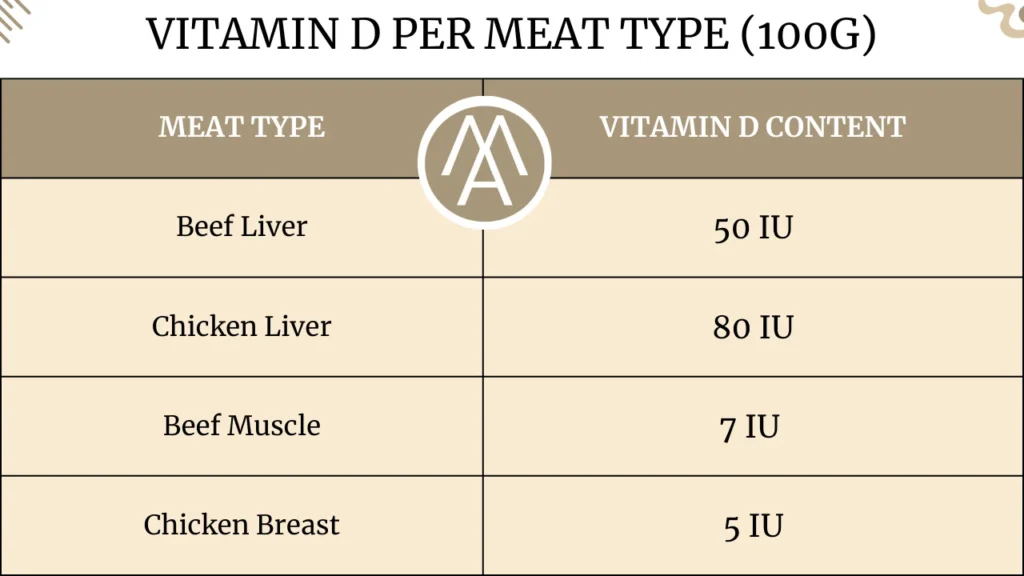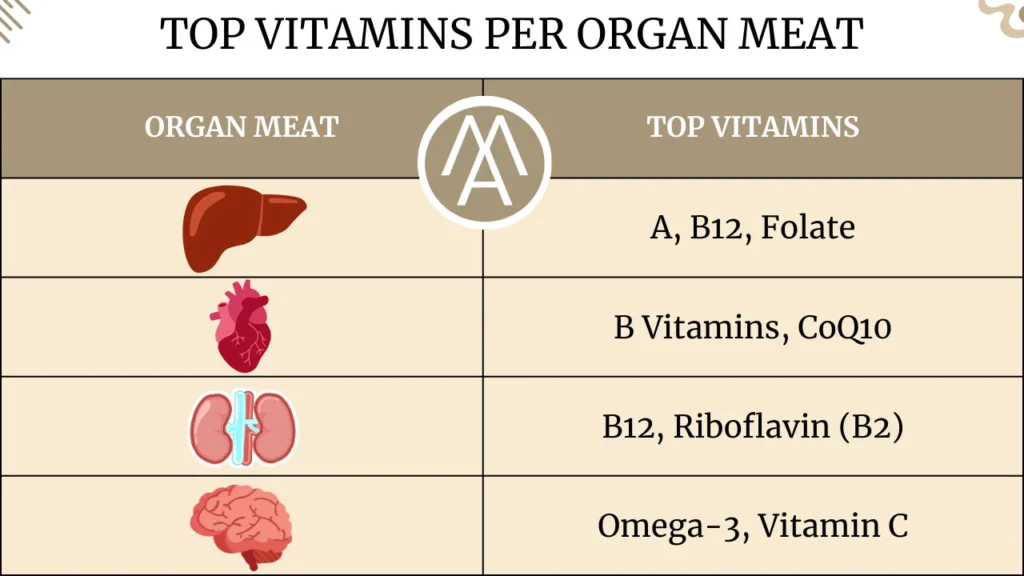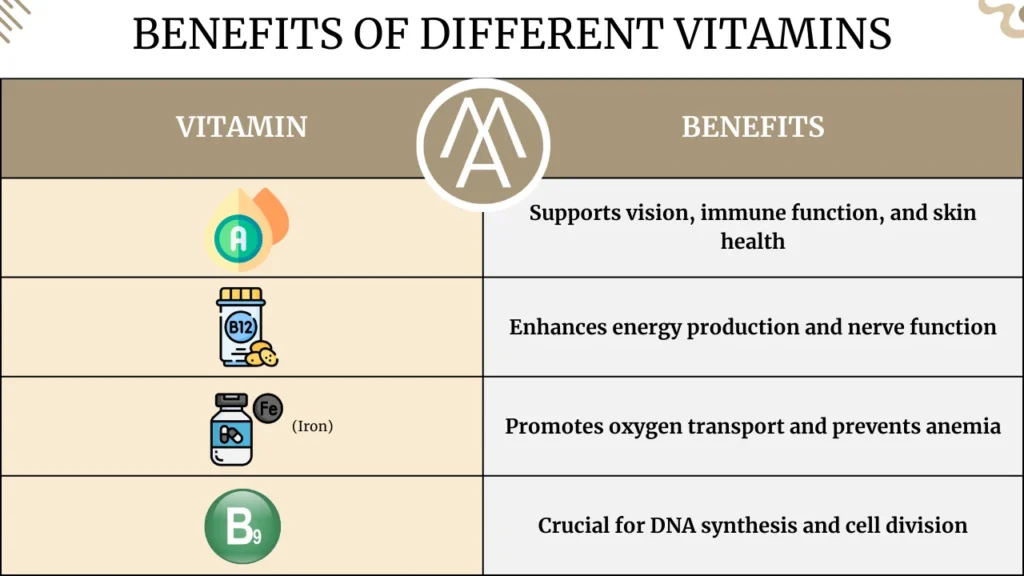Physical Address
304 North Cardinal St.
Dorchester Center, MA 02124
Physical Address
304 North Cardinal St.
Dorchester Center, MA 02124

Unleash the power of organ meats and invite in ancestral nutrition, designed to drive energy, masculinity, and power. Learn why these forgotten superfoods were essential for generations and how to easily add them into your diet. Do not pass up nature's most nutrient-dense foods. Your body will thank you!
Have you ever wondered why your great-grandparents seemed to have unlimited energy and resilience? The secret might be hiding in plain sight on your dinner plate, or rather, what’s missing from it.
In the modern world of packaged foods and quick-fix meals, we have lost touch with one of nature’s most potent superfoods: organ meats.
These nutrient-dense powerhouses were part of the basic diet of our ancestors but have fallen out of favor in modern “woke” cuisine, which replaced them with unhealthy crap.
In this blog, you’ll learn about the most nutritious organ meats, how to incorporate them into your diet, and even address common concerns. Are you ready to revolutionize your health and reclaim the primal power of your ancestors? Let’s dive in!
Organ meats, also known as offal, are the internal organs of animals that are consumed as food. These nutrient-dense parts include the liver, heart, kidneys, brain, sweetbreads (thymus and pancreas), and tripe (stomach lining). Each type of organ meat offers a unique nutritional profile and culinary experience.
Organ meats have been part of the human diet since time unknown. Ancient civilizations valued organ meats for their nutritional and medicinal benefits, serving them to guests of honor or for sacred ceremonies.
Here’s why organ meats were so valued:
When you compare organ meats to muscle meats, you’ll find that organ meats often come out on top in terms of nutritional value. Here’s a quick comparison:

Now that you know what organ meats are, let’s learn a little more about how they actually differ from the more familiar muscle meats. One of the most significant ways in which organ meats differ comes in their nutritional profiles, especially within their vitamin content.
You might be surprised to learn that organ meats, especially liver, are superior sources of vitamin D compared to muscle meats. Here’s a breakdown of the vitamin D content in various meats1:

As you can see, organ meats are much richer in vitamin D than muscle meats. This is very important for your general health, since vitamin D works in the body in the following ways:
By choosing organ meats over muscle meats, you’re giving your body a significant extra dose of vitamin D that can add to your energy levels and well-being. Remember: while muscle meats are still good for you, organ meats are a purer source of this important vitamin.
Organ meats are power-packed with a wide array of essential vitamins that greatly contribute to overall health and energy boosts. Here’s a breakdown of the key vitamins one can get from these nutrient-dense powerhouses.

The mineral content in organ meats is not only rich but also highly bioavailable, meaning your body can easily absorb and utilize these nutrients.
Key minerals include:
Organ meats have specific compounds and co-factors that you will not find in muscle meats, such as:
You will be surprised to notice that, in fact, organ meats are a complete source of protein with an exceptionally good amino acid profile. They contain all nine essential amino acids your body needs but can’t produce on its own.
With this powerhouse of a nutrient profile, it is easy to see why organ meats stand as a true ancestral superfood. The specific energy-enhancing properties of these nutrient-dense foods will be discussed next.
Liver is often considered the king of organ meats, and that’s not for no reason. This powerhouse of nutrition contains essential vitamins and minerals which will help to really elevate your energy levels and overall health.
Here’s why you should include liver in your diet:

Besides that, liver is also:
Supplementing it is also a great way to get your daily intake of ancestral beef liver. Feel free to check our blog on the best, purest options for supplementing beef liver.
Don’t judge it by its appearance, as tongue is a superb healthy organ meat which has a rightful place on your plate. Here’s what makes it special2:
Kidneys are delicious and a powerhouse of nutrition3. Kidneys are a great source of selenium, which is a very potent antioxidant. Antioxidants are important for battling inflammation we get from most foods nowadays.
It’s also a proper source of B vitamins. Especially riboflavin, or vitamin B2, is important for energy metabolism.
Lastly, it has a very complete amino acid profile and contains protein of the highest quality.
Heart is lean, flavorful, and full of health benefits. It doesn’t sound appetizing, but is surely worth a try once4:
Less common but another nutrient-dense organ meat to consider is the brain5:
Now that you are familiarized with these healthy organ meats, let us explain their energy-boosting properties in detail.gan meats, let’s explore their energy-boosting properties in more detail.
You’ll see that most organ meats are packed with B-vitamins, which are great and vital for energy production in the body. These nutrients are mainly involved in cellular metabolism, ensuring your body is running very efficiently6.
| B-vitamin | Function | Found in |
|---|---|---|
| B1 (Thiamine) | Carbohydrate metabolism | Liver, heart |
| B2 (Riboflavin) | Energy production | Kidney, liver |
| B3 (Niacin) | DNA repair, energy metabolism | Liver, heart |
| B12 (Cobalamin) | Red blood cell formation, neurological function | Liver, kidney |
Organ meats, like the liver, are very rich in heme iron; this is in a form that your body absorbs much better than non-heme iron coming from plant sources. This important nutrient plays the biggest roles in oxygen transportation, energy production in cells, and supporting cognition and focus7.
Organ meats, especially heart, are one of the richest sources of Coenzyme Q10, a compound with great importance to maintaining mitochondrial energy production, offering antioxidant protection at the cellular level, and maintaining cardiovascular health8.
Besides, all types of organ meats are packed with natural creatine, a chemical that helps promote sporting activities and high muscle tone while building energy stores for very intense maneuvers.
Creatine is used by most high performing athletes and is in fact the most researched substance in the health & fitness industry9.
If you are going to venture into the world of organ meats, then it is better to start with milder ones to get an easy start into these nutrient-dense foods. You can begin with chicken liver or heart, which have subtler flavors compared to their beef counterparts. You can also try veal liver, known for its delicate taste.
Here’s a quick comparison of mild-flavored organ meats:
| Organ Meat | Flavor Profile | Texture | Best Cooking Method |
|---|---|---|---|
| Chicken Liver | Mild, slightly metallic | Smooth, creamy | Pan-seared or pâté |
| Chicken Heart | Mild, slightly chewy | Firm | Grilled or sautéed |
| Veal Liver | Delicate, less intense | Tender | Quickly pan-fried |
Marinating the liver in milk or lemon juice for about 30 minutes can help neutralize some of the strong, overwhelming flavors associated with this organ meat.
Other great techniques are those that involve slow cooking, which makes even tougher cuts of meat, like heart, incredibly tender and allows it to take on rich and savory flavors.
If you are leery of the flavor, then blending small portions of ground organ meats into the ground beef dishes is an easy way to introduce them without overwhelming the meal.
Lastly, don’t be afraid to use bold spices and fresh herbs. These help to adjust the taste to your own liking. We like to add some garlic, onions, salt, pepper, and fresh peppers to our beef liver to make it even tastier.
If you’re not ready for whole organ meats, consider these alternatives:
Start with a small amount, and gradually build up. Organ meats, target 3 to 5 ounces a week for a decent starting point. Since liver contains vitamin A in really high levels10, limit it once or twice per week. Consuming organ meats on a consistent basis is your best bet here, as you’ll get used to the unique flavor.
At the initial stages of incorporating organ meats into your diet, you may still be concerned about their safety and quality. We’ve been through that exact phase; uncertainty, not exactly knowing how to prepare it well, etc.
To ensure that you source and consume safe and good-quality organ meats:
| Consideration | Recommendation |
|---|---|
| Source | Local farms, trusted butchers, reputable online vendors |
| Quality | Organic, grass-fed, hormone-free |
| Storage | Refrigerate or freeze promptly |
| Cooking | Internal temperature of 160°F (71°C) for most organ meats |
You may also be concerned about the ethical and environmental implications of consuming organ meats. Choosing organ meats supports nose-to-tail eating, thus helping reduce food waste by making more use of the animal.
It also reflects a deeper respect for the animal’s life by making sure fewer parts go to waste.
In addition, organ meats generally have a lower environmental impact compared to muscle meats, so they are a more sustainable choice for conscientious eaters.
A 2019 German study found that choosing organ meats once or twice per week could help to reduce livestock emissions by as much as 14%12. This is simply due to the fact that fewer animals have to be killed when we eat more parts of it.
Organ meats should not be the centerpiece of every meal, nor consumed daily. Here’s how one can balance organ meats in one’s diet:
Remember, a balanced diet is the key. While the organ meats can provide many health benefits, they should complement, not replace, other nutrient-dense foods in your diet.

Organ meats are nutrient-dense superfoods, consisting of a huge variety of factors that are hard to find in the modern diet. Each is unique in different ways: the liver, the heart, the kidney, the brain, just about anything you could find in the way of an organ meat brings along its set of benefits to the table.
Try mixing it up every now and then, using different organs in different dishes, and of course have fun in doing so. Although the first time will feel quite uncomfortable and scary, you’ll get used to it in the long run.
What’s the difference between eating a regular steak and organ meats to you?
Don’t get too crazy tho, as vitamin A toxicity is not something you want to mess with. It’s important to start off small and see a health professional if you’re not sure whether organ meats are the right option for you.
Ancestral wisdom is not something to be ignored; it’s your path to rejecting modern poison and returning to your sources. Just the Way our Ancestors did.
The liver reigns supreme: packed full of vitamin A, B12, iron, and CoQ10, it is an absolute powerhouse for energy, brain function, and overall vitality. If looking for the biggest nutritional bang for your buck, look no further than liver.
What are The 7 Organ Meats?
The seven most common and nutrient-dense organ meats are:
Liver – The king of vitamins and minerals.
Heart – Loaded with CoQ10 and B vitamins.
Kidneys – High in selenium and B12
Brain – Rich in omega-3s and phosphatidylserine
Tongue – Packed with protein and full of zinc
Sweetbreads (Thymus & Pancreas) – Great for immune support
Tripe (Stomach lining) – Good for collagen and probiotics
Did Our Ancestors Consume a Diet High in Saturated Fat?
Of course, they did. Our ancestors did not fear animal fats; they lived on them. They ate nose-to-tail-fatty cuts, marrow, and organs-all full of essential nutrients and energy. These were real, unprocessed fats that helped with brain function, hormone production, and overall health-not the junk that gets processed today.
The seven most common and nutrient-dense organ meats are:
Of course, they did. Our ancestors did not fear animal fats; they lived on them. They ate nose-to-tail-fatty cuts, marrow, and organs full of essential nutrients and energy. These were real, unprocessed fats that helped with brain function, hormone production, and overall health. Not the junk that gets processed today.